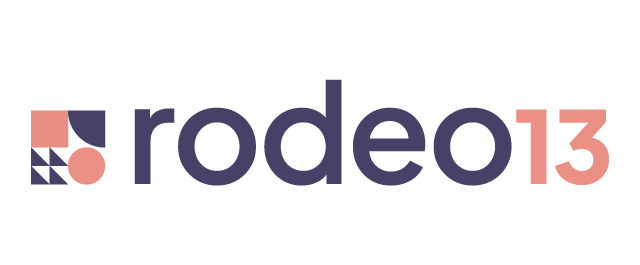B2B marketing isn’t a sprint — it’s a marathon. The buying journey can span anywhere from 10 to 18 months (or even longer!), giving buyers ample time to become content connoisseurs. We said it before and we’ll say it again: today’s customers are more independent than ever, diving deep into blog posts, dissecting case studies, checking out your social media, and tuning into podcasts — all before ever engaging with a salesperson.
And remember, only 5% of your audience is actively looking to buy, the rest is just window-shopping.
Their journey unfolds in distinct stages:
- Awareness – Identifying a problem.
- Consideration – Evaluating available solutions and options.
- Decision – Making the final purchase choice.
- Nurture – Post-purchase delight actions to build loyalty.
With this foundation in place, let’s tackle a common marketing dilemma: to gate or not to gate? In other words, how do lead generation and demand generation fit into this journey — and which one should take the spotlight?
Defining the Two Approaches
Lead Generation
Lead generation is a focused strategy designed to capture contact details from potential customers early in their journey. Through tactics like gated content (ebooks, webinars, white papers), businesses collect valuable prospect information, creating a pool of leads for nurturing and sales outreach. Essentially, this approach focuses on the 5% we mentioned earlier.
Demand Generation
Demand generation takes a broader approach, aiming to build awareness and interest at scale. Rather than focusing on immediate lead capture, it nurtures relationships through freely available content, educating potential buyers and positioning a brand as a trusted authority. This strategy focuses on the 95% of your audience that is just browsing, not looking to buy.
Key Objectives: Capturing vs Cultivating
Lead Generation Objectives
The goal of lead generation is to acquire as many leads as possible, often prioritizing quantity over quality. Once collected, these leads are nurtured through targeted outreach until they’re deemed “sales-ready” or sales-qualified leads (SQL). However, success is often measured by the volume of leads rather than long-term conversion into customers.
Demand Generation Objectives
Demand generation, on the other hand, focuses on attracting high-intent leads who are already engaged with the brand. Because demand generation occurs early in the buying process, it emphasizes aligning marketing efforts with long-term business impact rather than immediate lead capture. Hence, it’s a much less intrusive process where success is measured by organic website traffic, customer acquisition cost (CAC), and marketing ROI over the longer term.
Tactics: How They Drive Engagement
Lead Generation Tactics
Lead generation relies on direct engagement strategies, often requiring users to exchange their contact information for valuable resources. These may include:
- Gated content – ebooks, reports, and white papers requiring an email address to access
- Social media promotions – organic and paid content driving traffic to lead forms (free trials, free demos, limited-time offers)
- Event marketing – gathering contact details at events like live webinars or in-person conferences
Demand Generation Tactics
Demand generation prioritizes brand awareness and thought leadership, freely distributing content to build trust over time. Tactics include:
- Educational content – blogs, videos, and case studies shared openly
- Podcasts & webinars – offering valuable insights without requiring sign-ups
- Social media engagement – organic and paid content driving brand awareness
- Events & speaking engagements – establishing expertise in the industry
Which One Should You Invest In?
While lead generation and demand generation serve different purposes, they are most effective when working together.
Think of demand generation as planting seeds, enriching the soil with valuable insights, and building brand trust. Lead generation then nurtures those plants, ensuring they grow into strong, harvest-ready opportunities. The most successful strategies seamlessly repurpose demand generation content — turning high-value blogs, videos, and reports into compelling lead magnets.
When buyers already recognize and trust a brand thanks to strong demand-generation efforts, they are far more likely to engage with lead-generation tactics, such as gated content or targeted outreach. Our policy at Rodeo13 is to “pay it forward,” i.e., give away as much as possible without expecting anything in return. This leads to a pressure and stress-free customer journey.
As the B2B marketing landscape evolves, balancing lead generation and demand generation is key to a successful marketing strategy. Cultivate trust and engagement through demand generation for effective lead conversion. Together, these approaches form a powerful cycle that expands reach, deepens relationships, and drives long-term growth - in other words, these approaches combined foster competitive differentiation.
